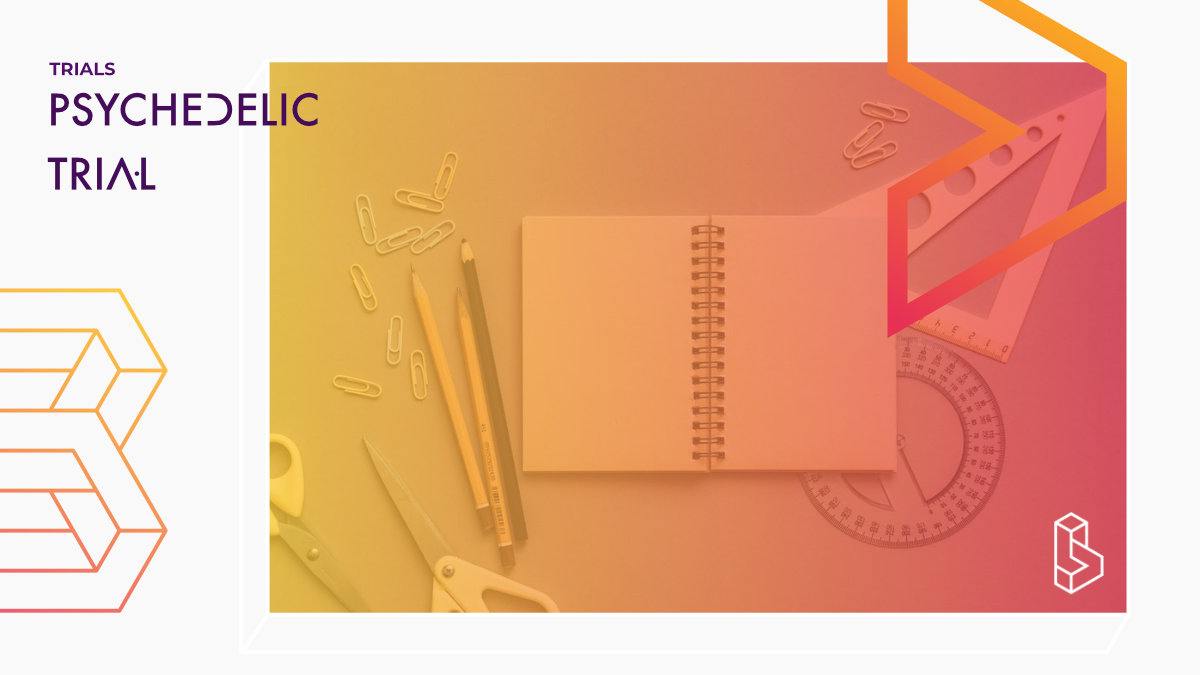The primary objective is to determine if the opioid properties of ketamine are responsible for its antidepressant effects. Since naltrexone can block opiate actions, the investigators will determine if naltrexone can effectively block ketamine’s effects.
Country United States of America
Visit trial
Status
Planned
Results Published
No
Start date
01 September 2016
End date
01 February 2018
Chance of happening
100%
Phase
Phase I
Design
Blinded
Type
Interventional
Generation
First
Participants
16
Sex
All
Age
18- 70
Therapy
No
Trial Details
The primary goal is to determine if the antidepressant effects of Ketamine are mediated by an opiate mechanism. Primary Objective: To determine if the opioid properties of Ketamine are responsible for it's antidepressant effects by potentially blocking the antidepressant effects with a opioid antagonist naltrexone. We will measure this objective by looking at the response on a scale called the 6- item Hamilton Rating Scale for Depression (HAM-D-6). Response is defined as a statistically significant greater decrease on the overall score on this scale, post infusion. Secondary Objective: This includes comparing a scale called Clinician Administered Dissociative States Scale (CADSS) on both of our patient groups, one group receiving Ketamine plus Naltrexone compared to the other group receiving Ketamine plus placebeo, to determine if naltrexone has any effect on CADSS as well as to determine if CADSS is associated with antidepressant response Another secondary objective is to assess ketamine craving using the Visual Analog Craving Scale for Ketamine (VASK), after infusion and determine if there is a change in level of craving for the group that receives naltrexone. Number of Subjects: i) 30 ii) The subjects will be drawn from an outpatient sample of patients with MDD, diagnosed with the use of the Structured Clinical Interview for DSM-IV Axis I Disorders(SCID-I/P), currently on a stable, adequate dose of antidepressant therapy, as defined by the MGH ATRQ, for at least 4 weeks or a history of intolerance to at least 2 antidepressant treatments.NCT Number NCT02911597
Sponsors & Collaborators
Stanford UniversityResearchers at Stanford are exploring the potential of ketamine, MDMA and psilocybin by connecting neuroscience, psychiatry and anesthesiology.
Measures Used
Hamilton Depression Rating ScaleThe Hamilton Depression Rating Scale (HDRS) is a multiple item questionnaire used to provide an indication of depression, and as a guide to evaluating recovery. The scale consists of 17 items which each item being scoring on a 3 or 5 point scale. The higher the score, the more likely a person is depressed.
Beck Depression Inventory
The Beck Depression Inventory (BDI) contains 21 self-report items, completed using a multiple-choice format. Scores range from 0-63 with higher scores associated with more severe depression.

